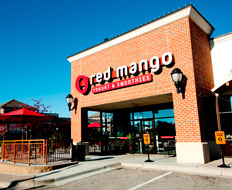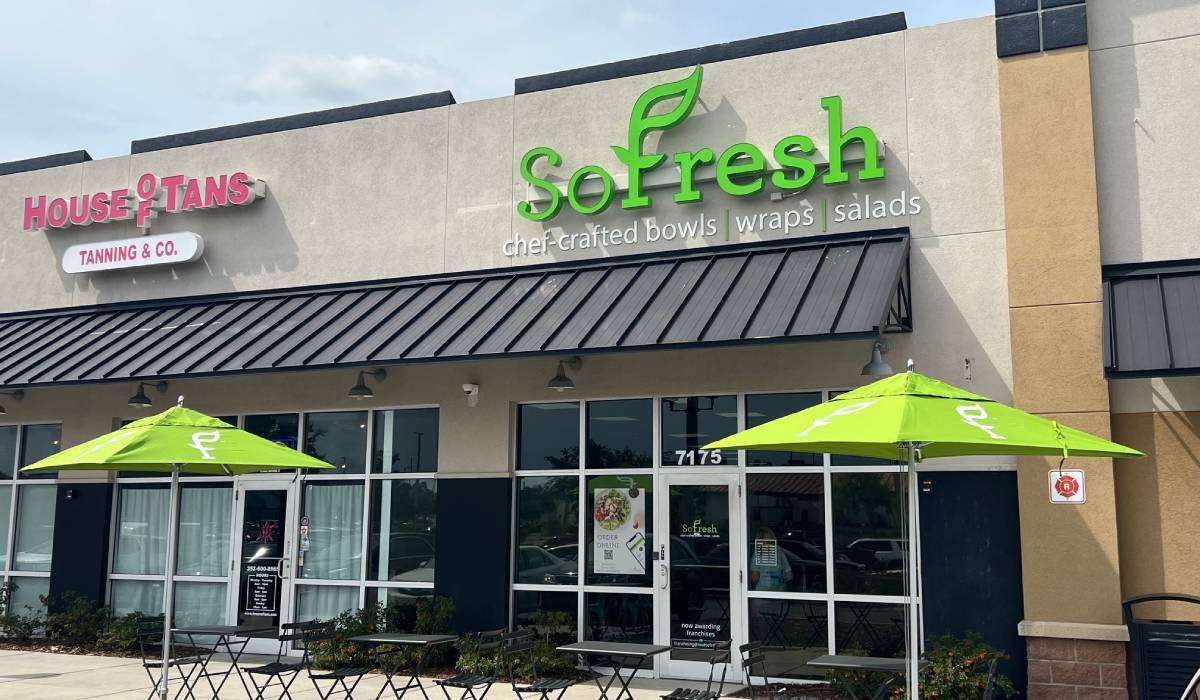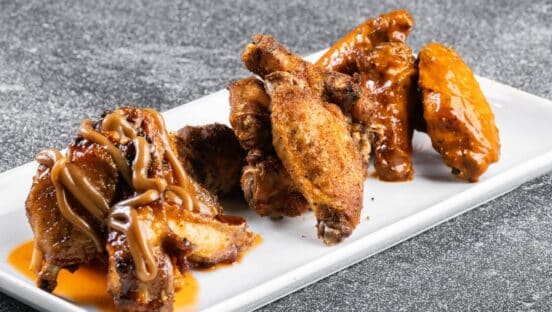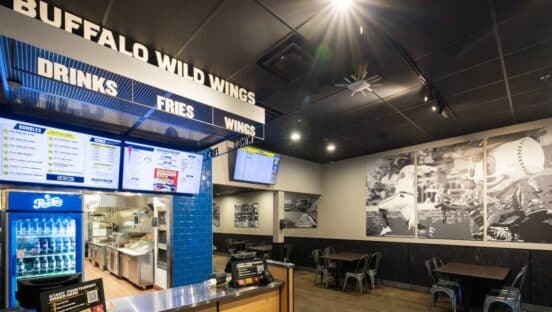With the Fall 2010 college semester well under way, frozen yogurt and smoothie brand Red Mango is implementing a back-to-school program.
The Dallas-based company, which originated in South Korea and has 80 U.S. stores, ramped up its openings on college campuses as part of a strategy to capitalize on the nutritional awareness of educated consumers. In the summer alone, it opened locations on or near several campuses, including the University of Missouri, Loyola University Maryland, and Texas A&M University, the seventh largest public university in the country.
Red Mango founder Daniel Kim says the company’s university strategy is based on market research that shows health-conscious college students, particularly women, are clamoring for tasty, nonfat, low-calorie products.
“We found that nutritional awareness is very high near and around college campuses, so we decided to aggressively grow onto campuses by opening on them or near them,” Kim says. “The demand for our brand has been very strong, not only from the students but from the operators who want to bring healthier food options to their campuses.”
The growing demand for healthful products, Kim says, is partly the result of government regulation that has made nutritional information more available and more visible—for example, requiring certain restaurants to include calorie counts on their menus. It also has to do with general concern among Millennials about what they are putting in their bodies.
“Ten years ago, you didn’t have access to all this information that is now available to consumers,” Kim says. “Now with the growth of the Internet and a lot more legislation about nutritional clarity, consumers, especially college students,” have become more aware.
But Millennials notoriously want it all, and, Kim says, Red Mango’s appeal to college students has almost as much to do with branding as it does with health concerns.
“You know, we don’t go out there and tell them, ‘Hey, this is healthy—eat it,’” he says. “We aren’t a health-food store. Red Mango is a brand that we’ve created into a lifestyle concept. People think it is cool to be part of Red Mango.”
Of course, healthy eating wasn’t always cool. While these days egregiously unwholesome offerings can earn companies public censure (see reactions to KFC’s Double Down and Friendly’s Grilled Cheese BurgerMelt), Tony Hall remembers when college fare “was all steam-table pans and dining halls.”
“It’s not that at all anymore,” says Hall, an 18-year veteran in university foodservice who runs Red Mango’s Loyola Maryland location for Sodexo, the campus’ foodservice operator.
Whereas students’ only campus dining option used to be cafeteria food, at many schools they can now choose from among several national brands. Healthier, made-to-order concepts have made significant inroads where unappetizing buffets used to reign.
Hall says these changes track with the expectations of a generation that grew up eating outside of the home.
“The old college cafeteria was kind of a replacement to a degree for students who came from homes where they had family meals every night,” he says. “That’s not happening nearly as much with kids in high school. So when they come to college they are looking for something similar to what they grew up doing, [which was] eating at the mall and going out.”
Besides Red Mango, Loyola Maryland’s campus has a Starbucks, a Moe’s Southwest Grill, and a WOW Café and Wingery. Sodexo chose Red Mango to meet the demands of health-conscious students, Hall says.
Since opening last month, the store has had similar sales to the fully licensed Starbucks, a “significant comparison,” Hall says, considering Red Mango is a “fairly new brand and Starbucks is very well established.”
Bill Chinn operates Red Mango’s Texas A&M and University of Missouri off-campus locations and is opening another near the University of Texas, the fifth-largest public university in the country. He says college students make ideal customers because they have “independence, discretionary money, and discretionary time.”
“College students will come in much more frequently than our target market in metro areas,” he says.
Other benefits of a college-town location include lower rent, little national competition, and the fact that each year brings a whole new crop of potential customers, Chinn says.
But the biggest incentive is the opportunity to capitalize on Red Mango’s health cred. In his Dallas location, Chinn says customers show only limited interest in the nutritional pamphlets available at each table. At his Texas A&M location, on the other hand, the students study them as if for a test.
For all of these reasons, Chinn says college campuses are the focus of his growth strategy.
“The markets are pretty wide open right now, whereas the metro markets are getting saturated pretty quickly,” he says.
At the corporate level, Red Mango’s university strategy reflects its belief that the days of college kids living on pizza are in the past.
“This whole idea of the ‘Freshman 15’ is one we want to tackle,” Kim says.








